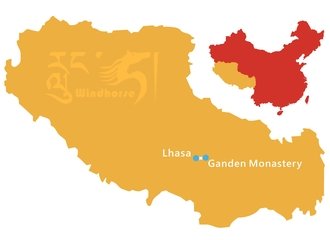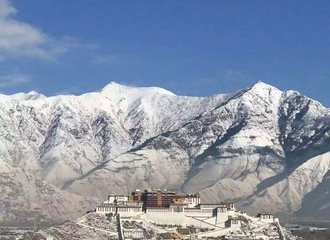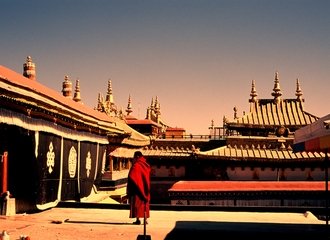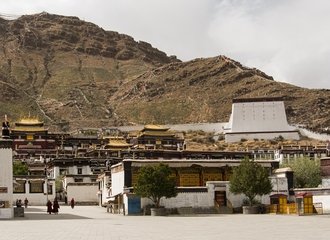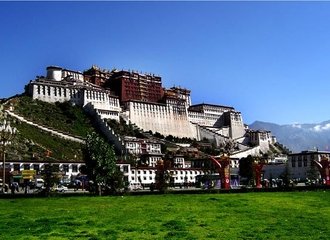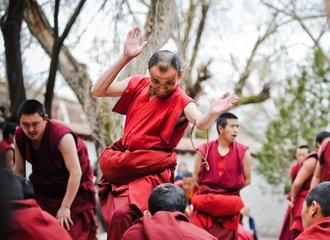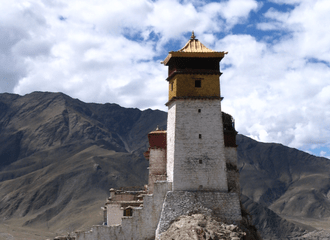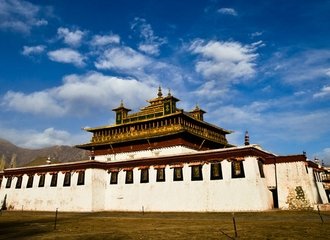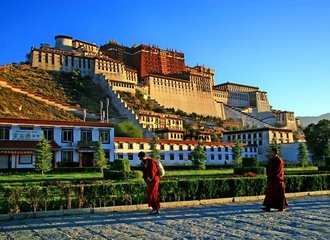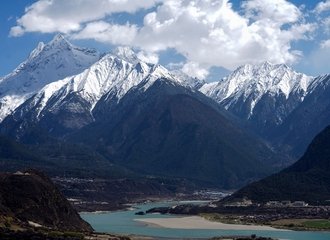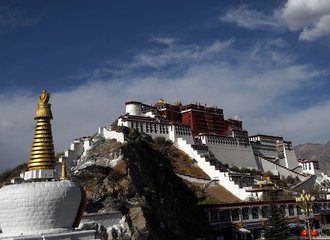High altitude sickness

Also known as High Altitude Sickness, Acute Mountain Sickness (AMS) is common at high altitudes due to the decreasing availability of oxygen. Most people will suffer differing degrees of symptoms at high elevation.
The occurrence of AMS is dependent on the altitude, the ascent rate, and individual physical condition.
Symptoms of AMS include headache, nausea, dizziness, fatigue, shortness of breath, loss of appetite and disturbed sleep.
Will I Get the High Altitude Sickness in Tibet?
For most visitors travel to Tibet the answer is YES.
An altitude over 3,000 meters (9,843 feet) is usually defined as high altitude. Since most places in Tibet are higher than this level, the high altitude sickness is the biggest health risk to tourists traveling in Tibet.

Most visitors to Tibet will suffer from at least some symptoms that will generally disappear through acclimatization in several hours to several days.
Symptoms tend to be worse at night and include headache, dizziness, lethargy, loss of appetite, nausea, breathlessness, and irritability. Difficulty sleeping is another common symptom. In fact, many travelers have trouble sleeping for the first few days after arrival at Lhasa.
How to Avoid High Altitude Sickness?
High Altitude Sickness can be very serious, but it also can be lessened or avoided with proper acclimatization, which will also ease and reduce AMS symptoms.
A gradual ascent will allow your body to acclimatize to higher altitudes and the decreased oxygen supply. Go no higher 300 - 400 hundred meters (984 - 1,312 feet) daily and have a rest after each 1,000 meters (3,280 feet) ascent.
How to Lessen the Effects of High Altitude Sickness?
Medication helps to prevent AMS. Mild AMS symptoms can be treated with proper medication. If medication does not relieve the symptoms, go to the hospital or evacuate immediately to a safe altitude!

Two of the most popular Preventive Medication are:
- Diamox (Acetazolamide) have been found helpful. It allows you to breathe faster so that you metabolize more oxygen, thereby minimizing the symptoms caused by poor oxygen supply. Since it takes a while for Diamox to have an effect, it is advisable to start taking it 24 hours before you go to altitude and continue for at least five days at higher altitude.
- Hongjingtian - Tibetan herbs are still good preventive and treatment effects for AMS. Honjingtian (Rhodiola Eoccinea) may help sleep at high altitude and thus increase oxygenation at night.
Other tips may help to prevent or lessen the effects of High Altitude Sickness include:
- Drink plenty of fluids (3 - 4 litres daily at least) and eat carbohydrate food to keep the body properly hydrated.
- Do not over exert and only partake in light activity immediate after your arrival.
- Do not smoke, drink alcohol or take other depressants such as tranquilizers and sleeping pills. These will depress the respiratory drive and limit oxygen intake.
- Avoid catching cold before you entering Tibet.
Preparations Before You Travel to Tibet.
Get as fit and healthy as possible, both physically and psychologically. Visitors having record of heart, lung, other organ problems or anemia should consult their doctor before making the decision to visit Tibet.
At last. we suggest people who suffered from high blood pressure and severe heart disease not travel to Tibet.


